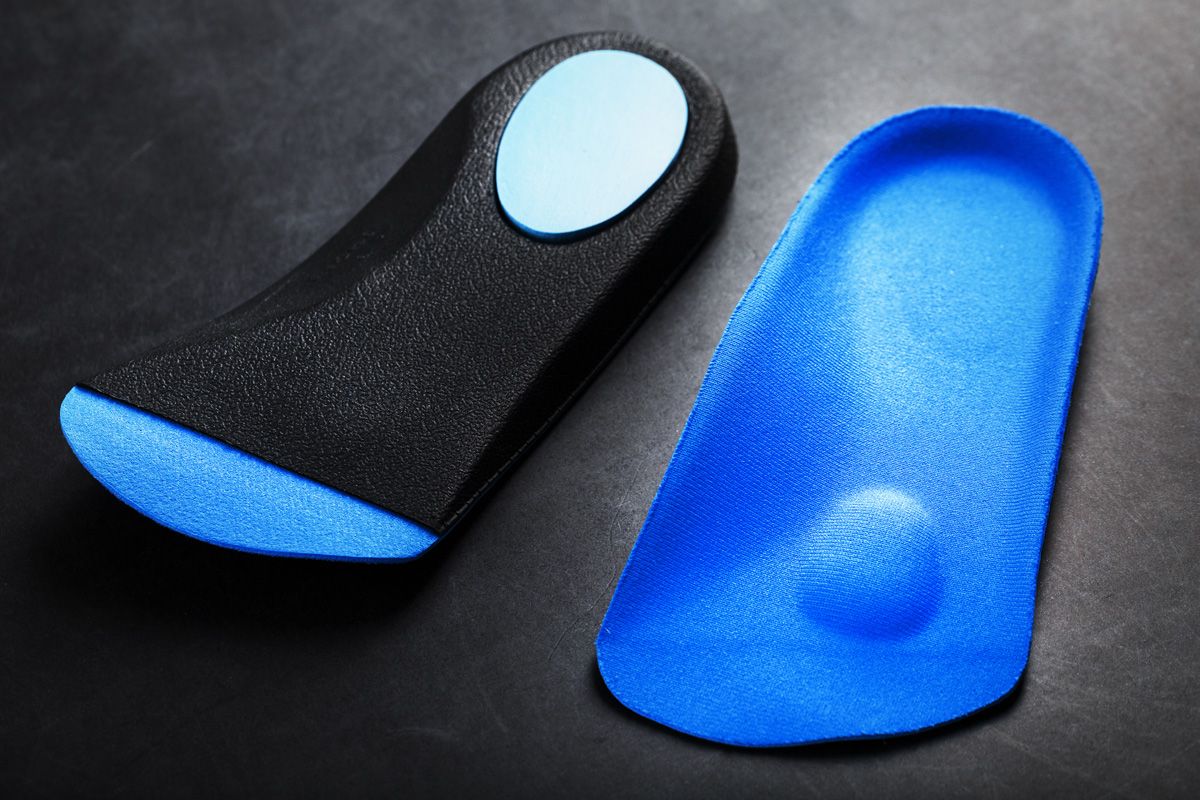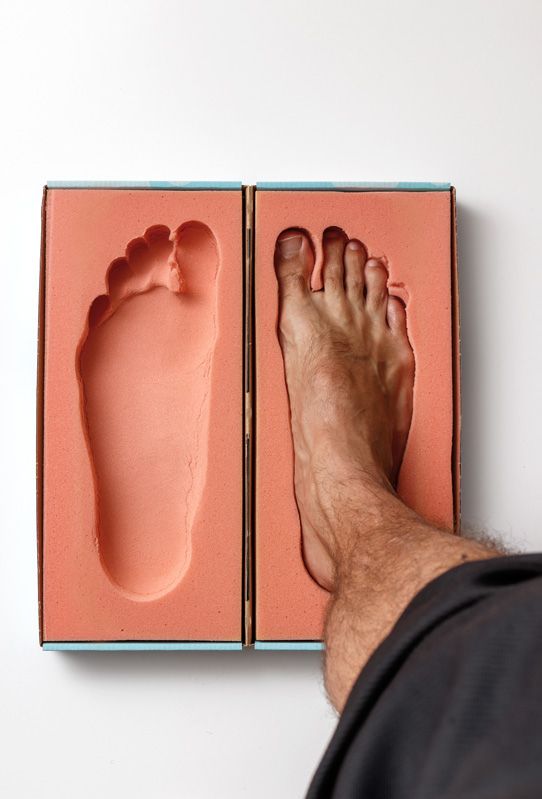Once upon a time, physical therapists, podiatrists, and chiropractors alike swore pronation (foot dropping inward to the ground) was the root of all evil. Thankfully, we are a few years past this thought process. However, some within these industries, and the running industry alike, will still regurgitate this old wives’ tale. It was, and still can be, communicated to an individual that a foot orthotic will help reduce the amount of pronation in a person’s foot or give them better support. This idea of “better support” is providing the illusion of walking or running pain-free or walking and running faster; research does not support this statement. In contrast, the research supports the opposite, in that a slight pronated foot might produce less injury rates.2 Another way to state this is that a foot that is less supported has decreased injury rates. Pronation or overpronation, as a single factor, is not justification for a custom foot orthotic. This research, in part, is what gave way to the popularity of the minimalist drop or neutral shoe. The foot is designed to move, not be restricted.
With foot orthotics, the research indicates the two extreme foot structures, more so extreme flat feet, may experience benefit with a foot orthotic - over the counter or customized. Reasoning for this is still not clear; however, foot orthotics may distribute pressure away from the heel and forefoot into the arch which in turn increases sensory input throughout the entire foot.3 However, it is important to note, full length orthotics, which support the arch, can decrease musculature and strength of various foot muscle by as much as 17%.4 This study was performed for 12 weeks which targeted young, healthy adults.
We do understand the overall range of pronation is not altered by foot orthotics, but some research suggests controlling the speed of pronation is the ultimate factor in reducing injury rates of these two extreme foot structures.5 A foot orthotic may help slow the speed of pronation down, but it is a short-term fix. Other interventions, dictated by our assessment protocols, produce more effective results in producing long-term pain reduction and performance outcomes.
For both the extremes, high-arched and low-arched individuals, there are additional factors to consider with building or buying an orthotic. We can identify benefit with varus and valgus wedges with these different foot structures.6 These wedges are quite simple in that they support or push the foot by rolling the foot outward or inward.
To recap this section, foot structure alone does not warrant a custom foot orthotic. Other interventions, such as specific exercises and over-the-counter orthotics, may be better alternatives regarding outcomes with pain, performance, and cost than expensive orthotics. Our goal in writing this section is not to scare you away from purchasing a custom foot orthotic but to highlight a genuineness in care you will receive from us if you are considering a foot orthotic or having foot pain.

